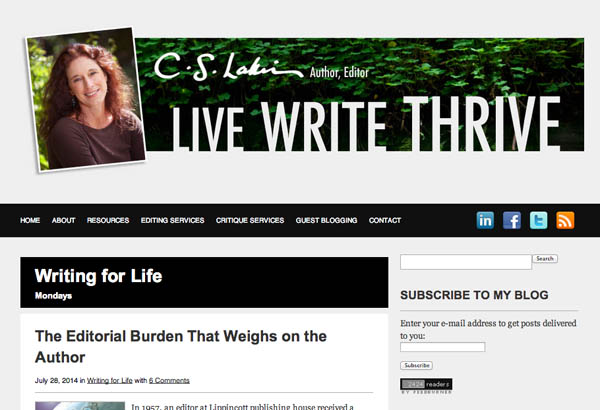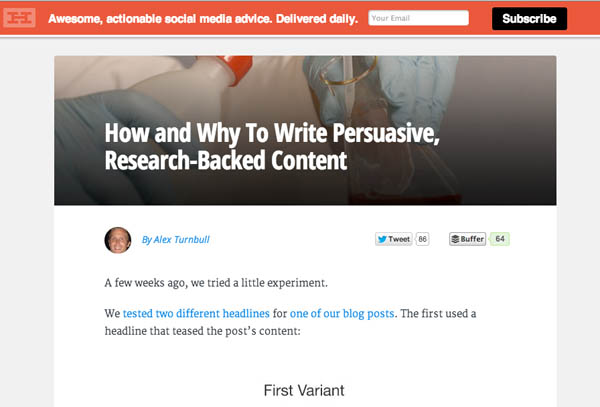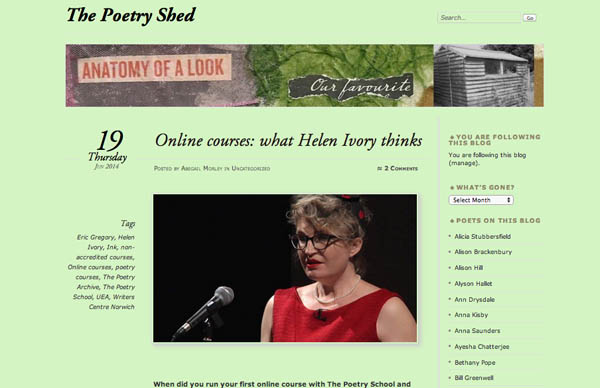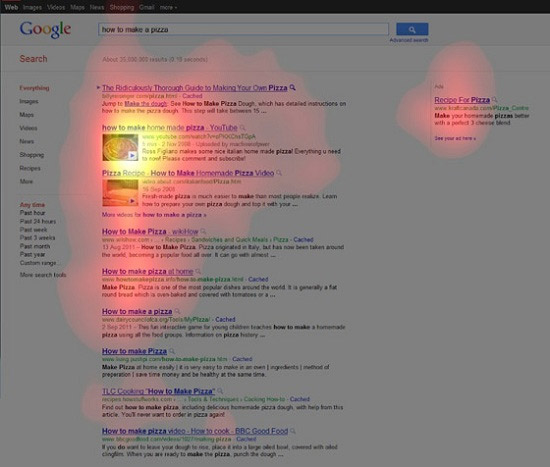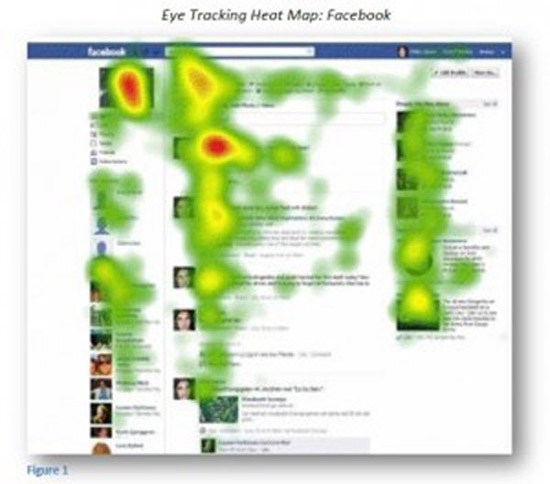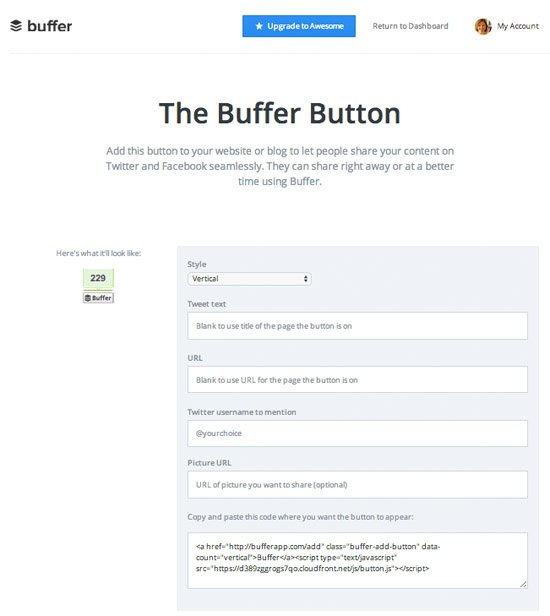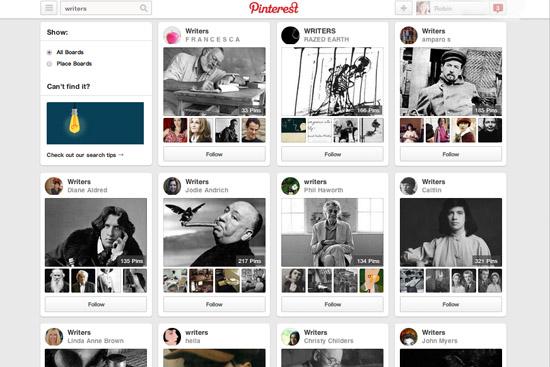One of the joys of blogging is reading other people’s blogs, and this week I thought I’d do a short blog roundup and share some things I’ve been reading lately, on blogs which you might like to add to your blog roll.
First up is a blog post on author C. S. Lakin’s blog Live, Write Thrive. If you don’t subscribe to Susanne’s blog already I recommend it. This is actually a guest post by Dana Sitar: Crowdsourcing your self-publishing project without asking for money. My own view is that crowdsourcing is only going to grow in popularity as public funds for the arts dries up.
And incidentally, crowdsourcing may be a trendy name for it but it’s been around for centuries. Composers such as Handel and Purcell published a lot of their work by public subscription – that is, asking people to pledge they would buy a copy of their work before it had been written. In Victorian times in the UK it was common for public buildings and works to be financed by subscription – of course that was in the days of philanthropy and before all the tax-funded public services we now have. I believe the idea of philanthropy is still alive in the US though.
Over on the Buffer blog, this is interesting – How and why to write persuasive, research-backed content. A small experiment resulted in 40% more click-throughs to a blog when the headline mentioned a statistic. The piece goes on to give other examples and suggests how to make your blog posts stronger by backing up what you say with stories and statistics – as long they’re genuine stats, of course. Although I’m from the ‘statistics can be used to tell any story you want’ school of thought (it’s the marketer in me!) Again, the Buffer blog is one worth subscribing to for web marketing news and ideas. Plus they’re very nice people, which goes a long way in my book.
Poet Abegail Morley blogs at the Poetry Shed (and yes, there really is a shed, I’ve seen it!) and although this post isn’t brand new, it’s a bit of a keeper – Helen Ivory talking about online poetry courses. Abegail’s blog is a mix of news, interviews and observations on the poetry world and is a good example of how to sustain interest and variety for her readers. Worth following.

